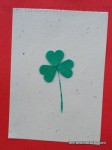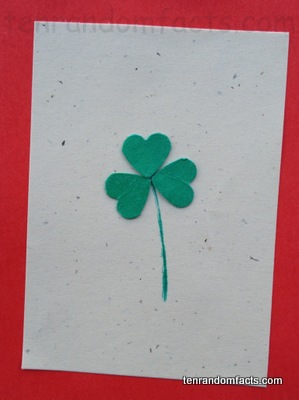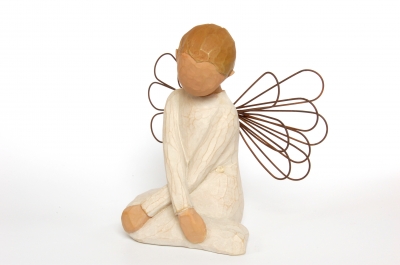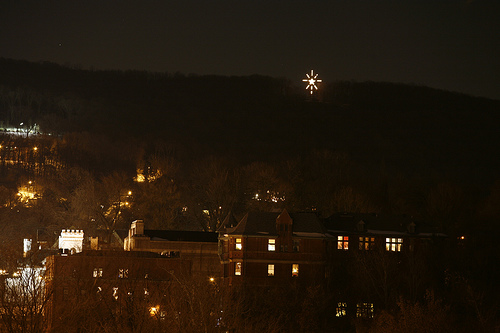
Do you know the tradition of Christmas wreaths?
- A Christmas wreath is an ornamental object that is used during the Christmas season, and its use today originates from a Christian-based custom.
- Christmas wreaths are typically shaped as a ring, made with living, dried or imitation vegetation, including twigs, flowers and leaves, as well as ribbons and other Christmas-related objects.
- ‘Christmas wreaths’ are also known as ‘Christmas crowns’, ‘advent crowns’ or ‘advent wreaths’.
- The tradition of Christmas wreaths is said to have begun in Germany in the 1500s, by Lutherans, and the idea possibly stems from the use of wreaths in Ancient Greek and Roman times, that were used to crown those with significant achievements or community rank, or placed on their door.
- Traditionally, Christmas wreaths contained four candles; three purple and a pink, with one lit each week in December, often on a Sunday; and a fifth white candle was sometimes also included.

- The idea to use candles in Christmas wreaths to countdown the Advent, was possibly invented by a German pastor, Johann Wichern, in the mid 1800s, as a daily advent calendar for children.
- The traditional idea of a Christmas wreath has became a popular Christmas decoration and they started being hung on doors by the 1900s, and are now commonly found on doors without candles.
- Christmas wreaths are commercially available during the Christmas season, and the most common wreaths obtainable are factory made objects.
- Christmas wreaths are often made with the colours of red, green, white or purple, traditionally symbolising Jesus’ blood, life, joy and sacrifice or forgiveness.
- The making of Christmas wreaths is a common Christmas craft activity and the base can be made from wire, styrofoam, cane or other material, and other supplies can include fabric, wrapped lollies and candy, or numerous other items.
Bibliography:
Advent Wreath, 2014, Wikipedia, http://en.wikipedia.org/wiki/Advent_wreath
History of the Wreath, 2014, ProFlowers, http://www.proflowers.com/blog/history-of-the-wreath
History of the Wreath, n.d, Northwoods Inspirations, http://www.northwoodsinspirations.com/wreath%20History1.htm
Wilson G, History of the Christmas Wreath, n.d, Wilson Evergreens, http://www.wilsonevergreens.com/christmas-wreath-history/
























